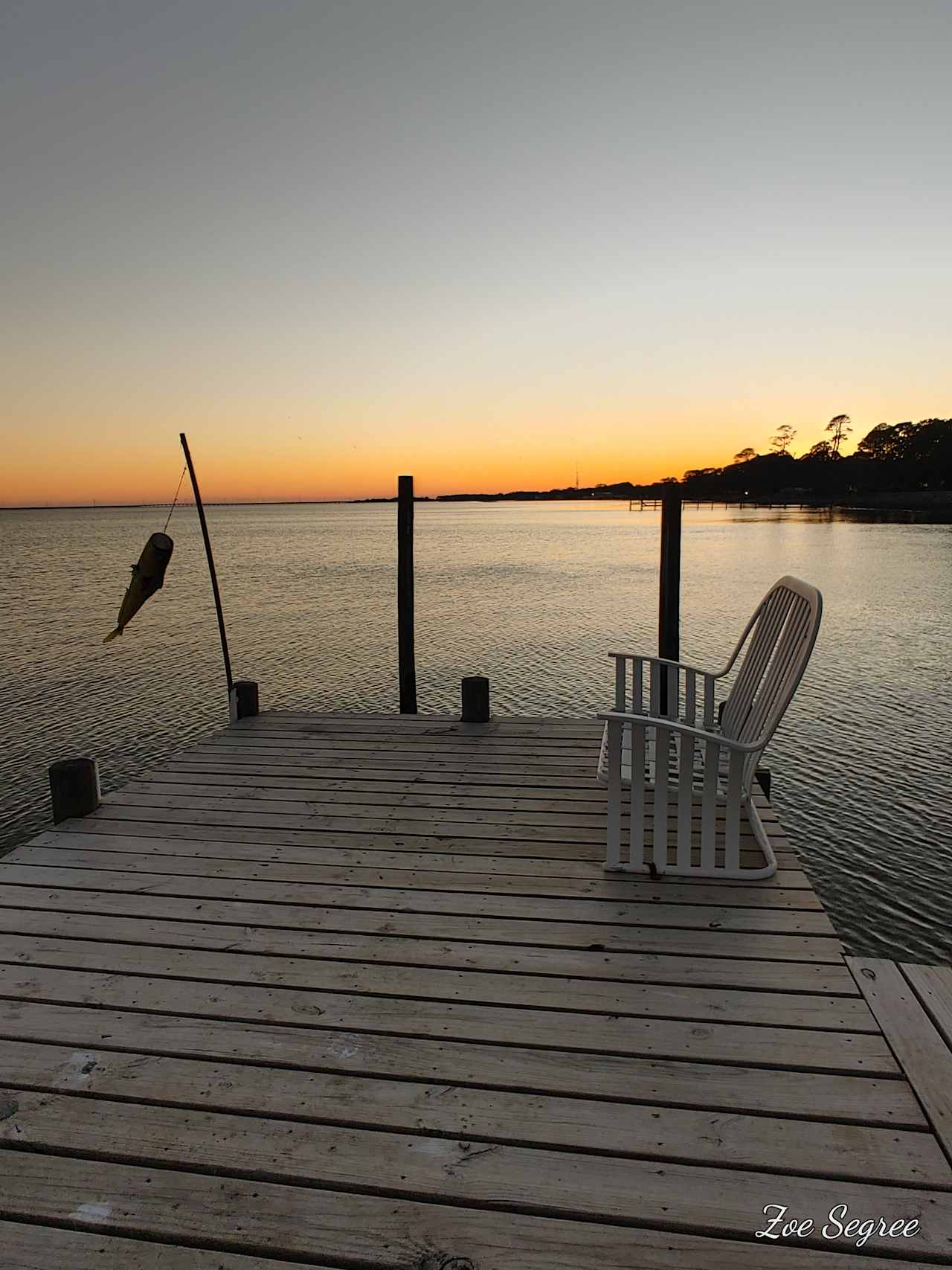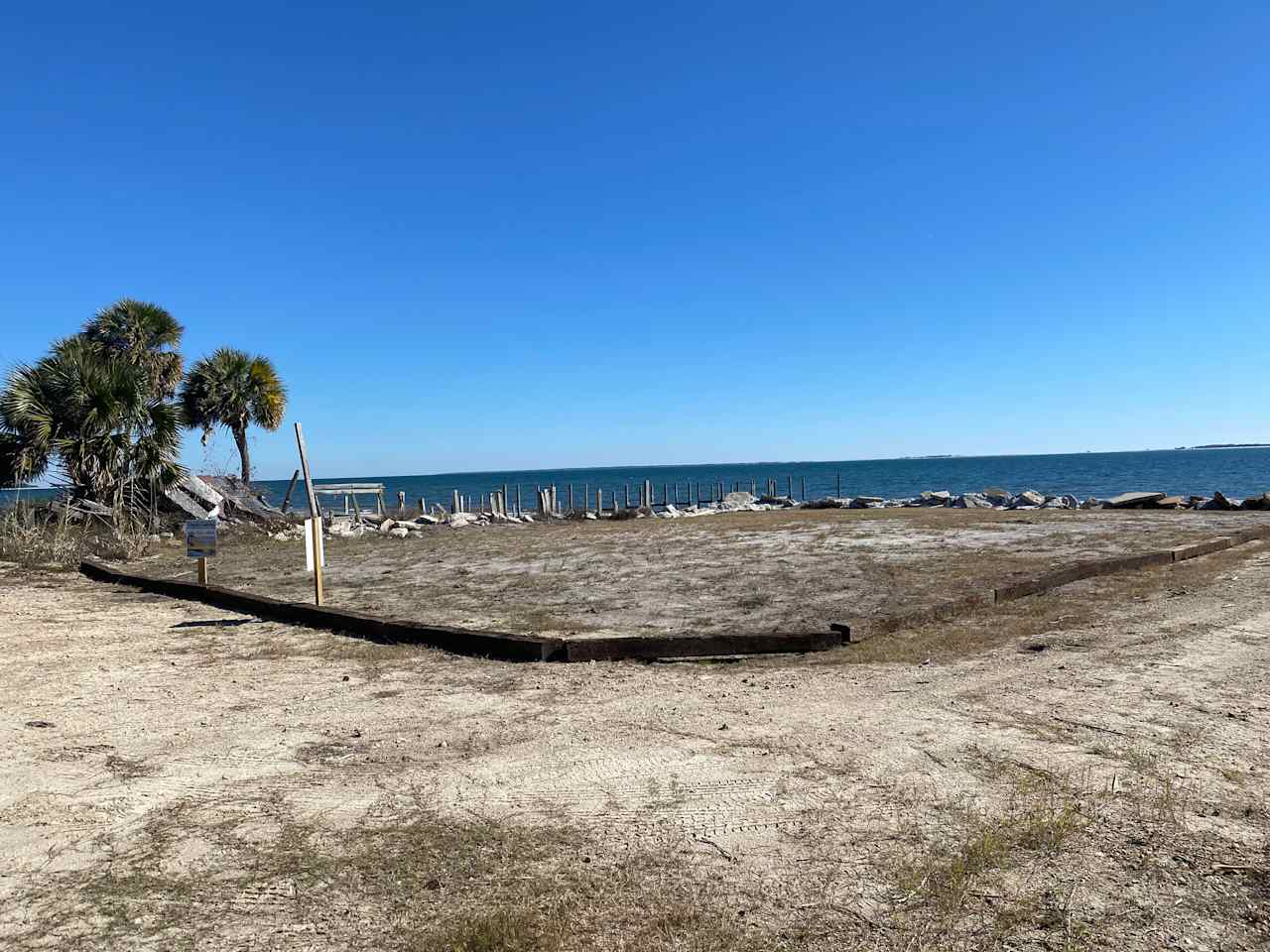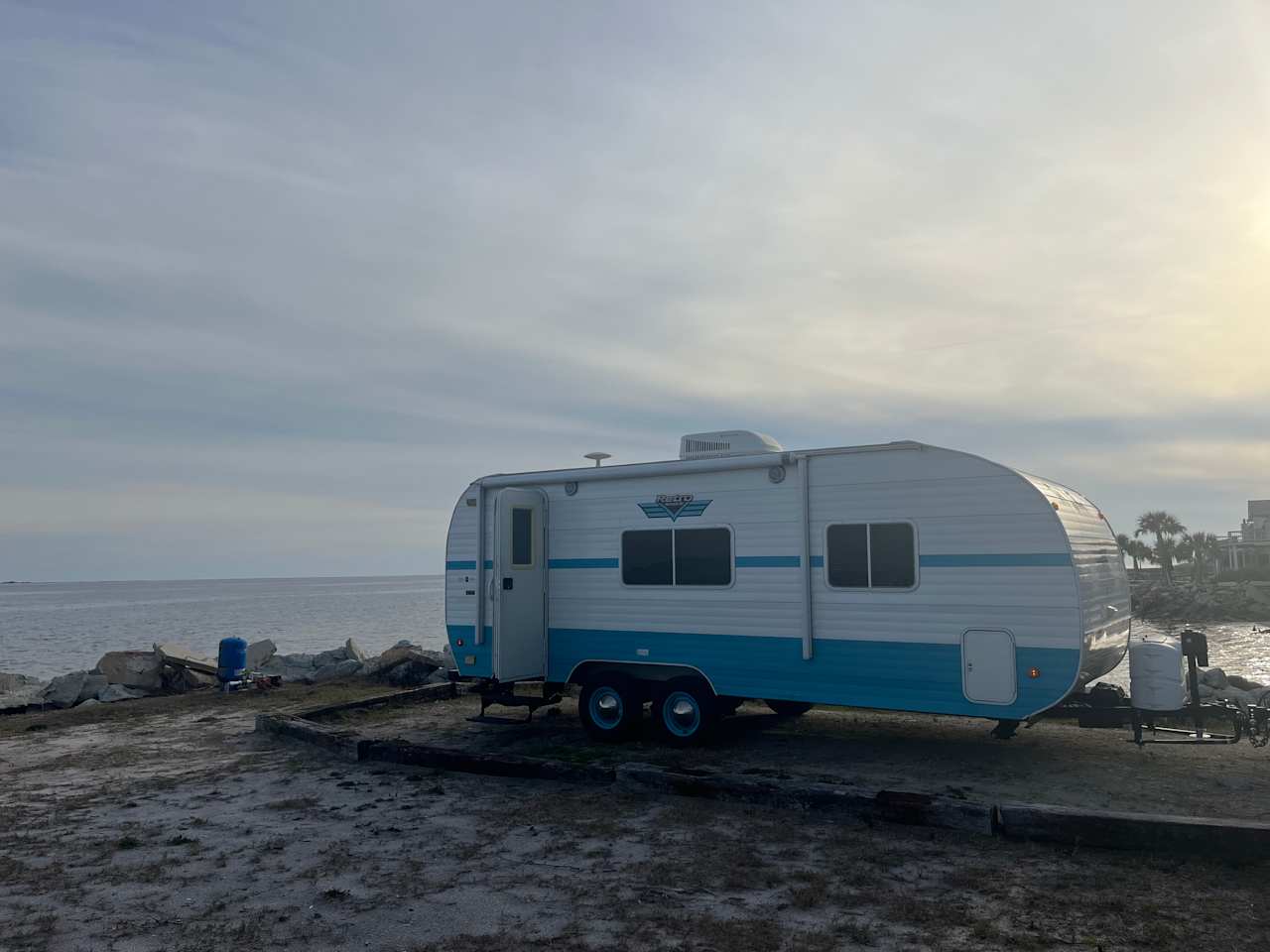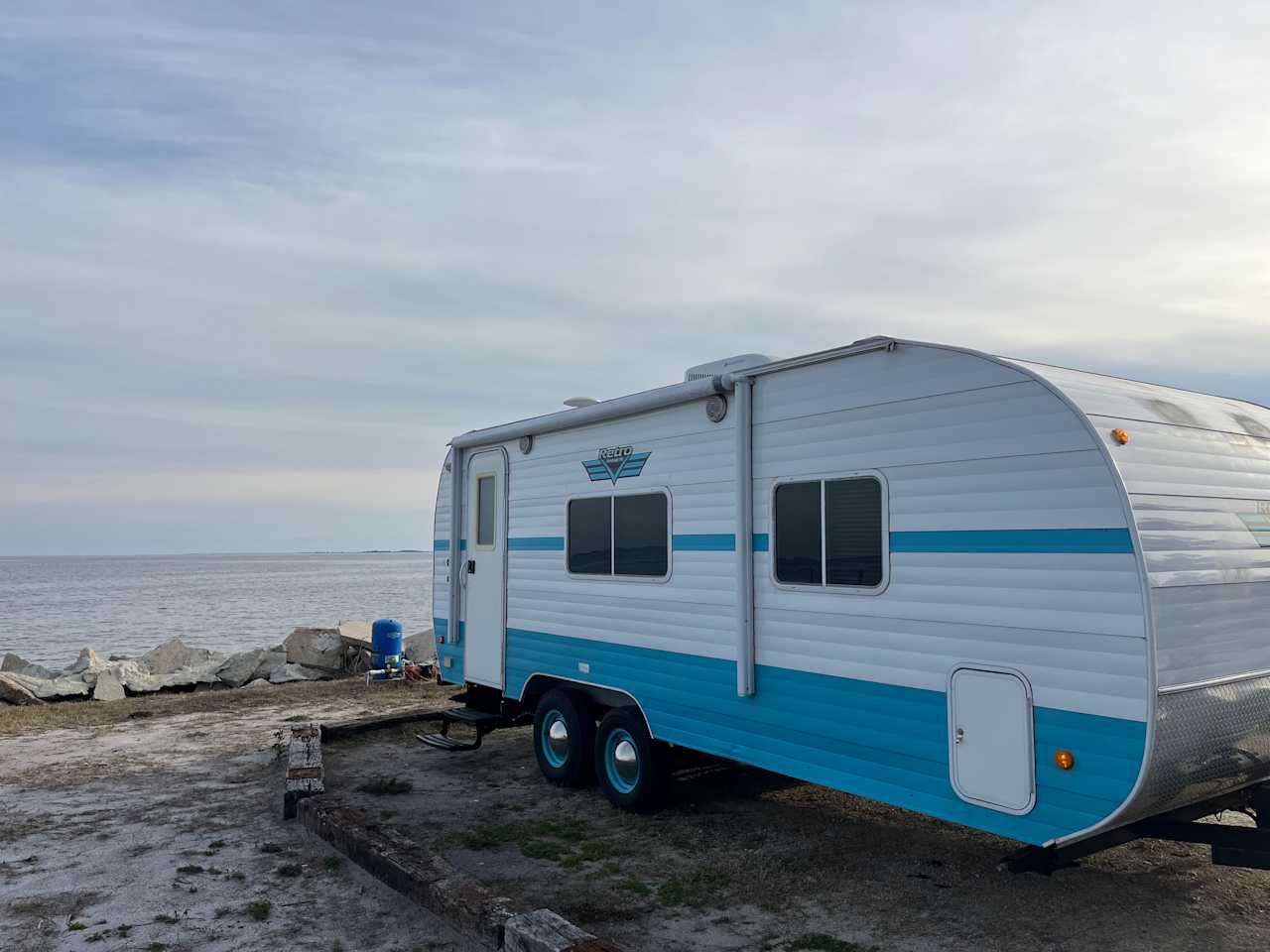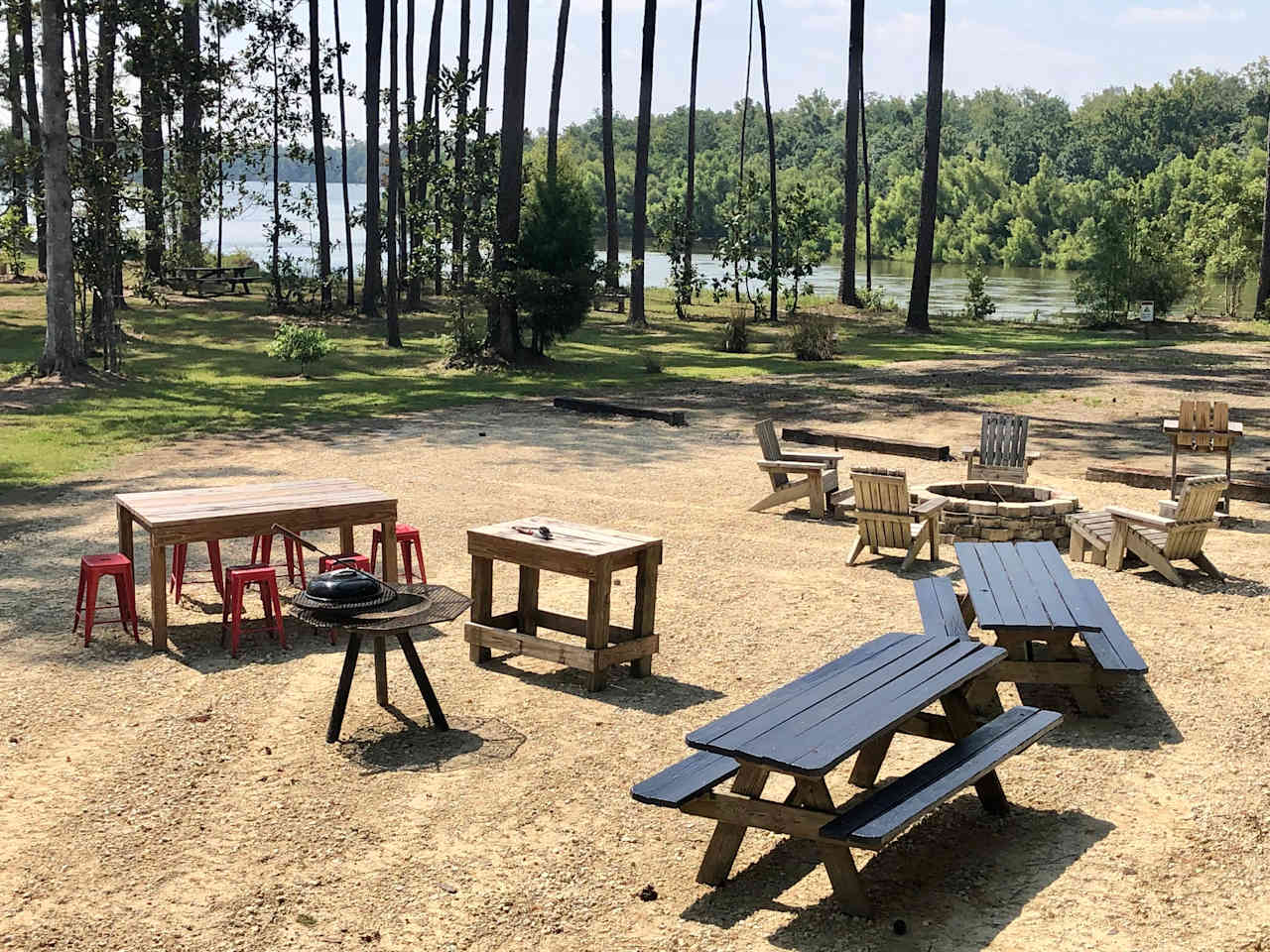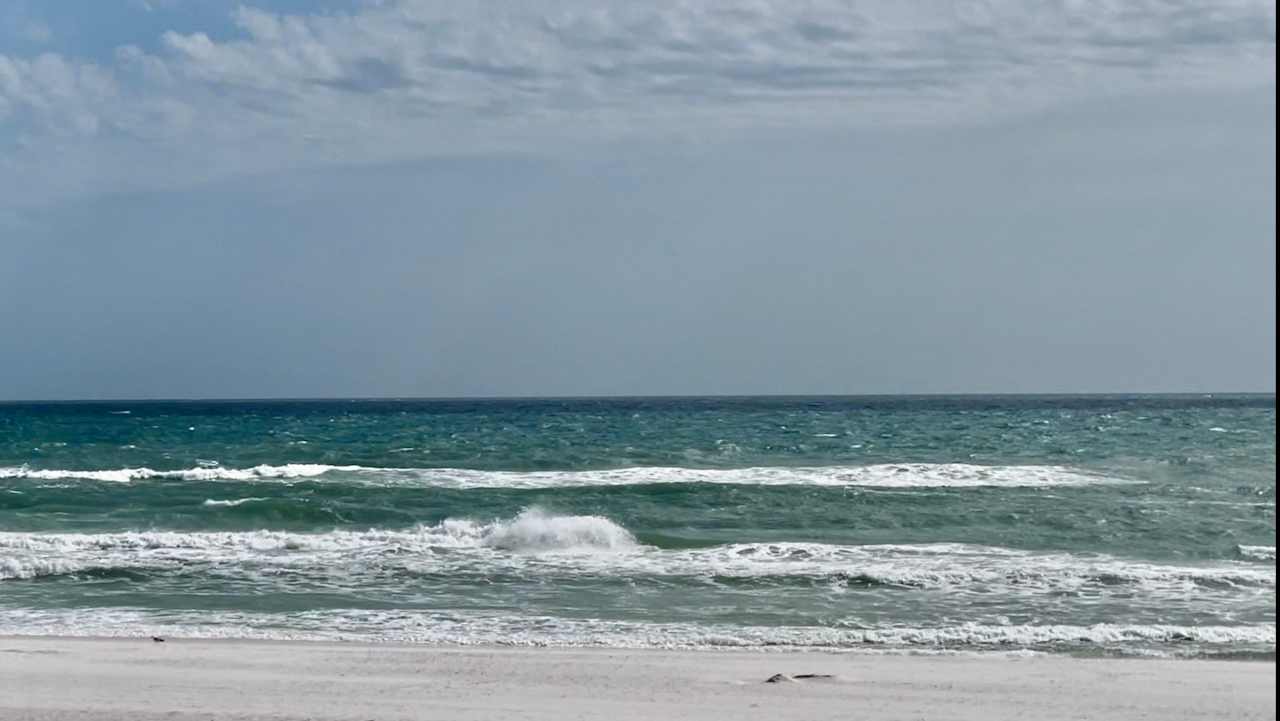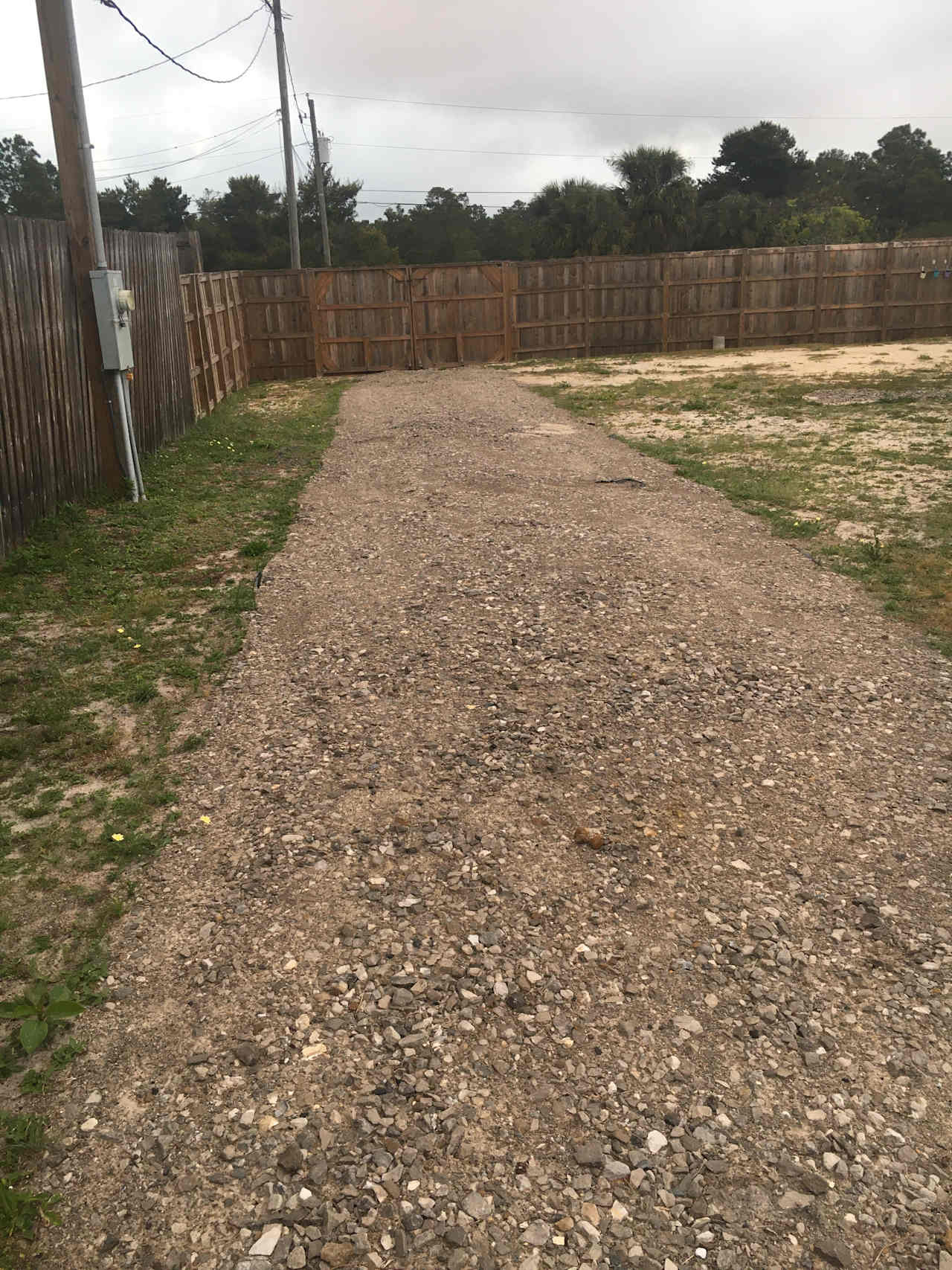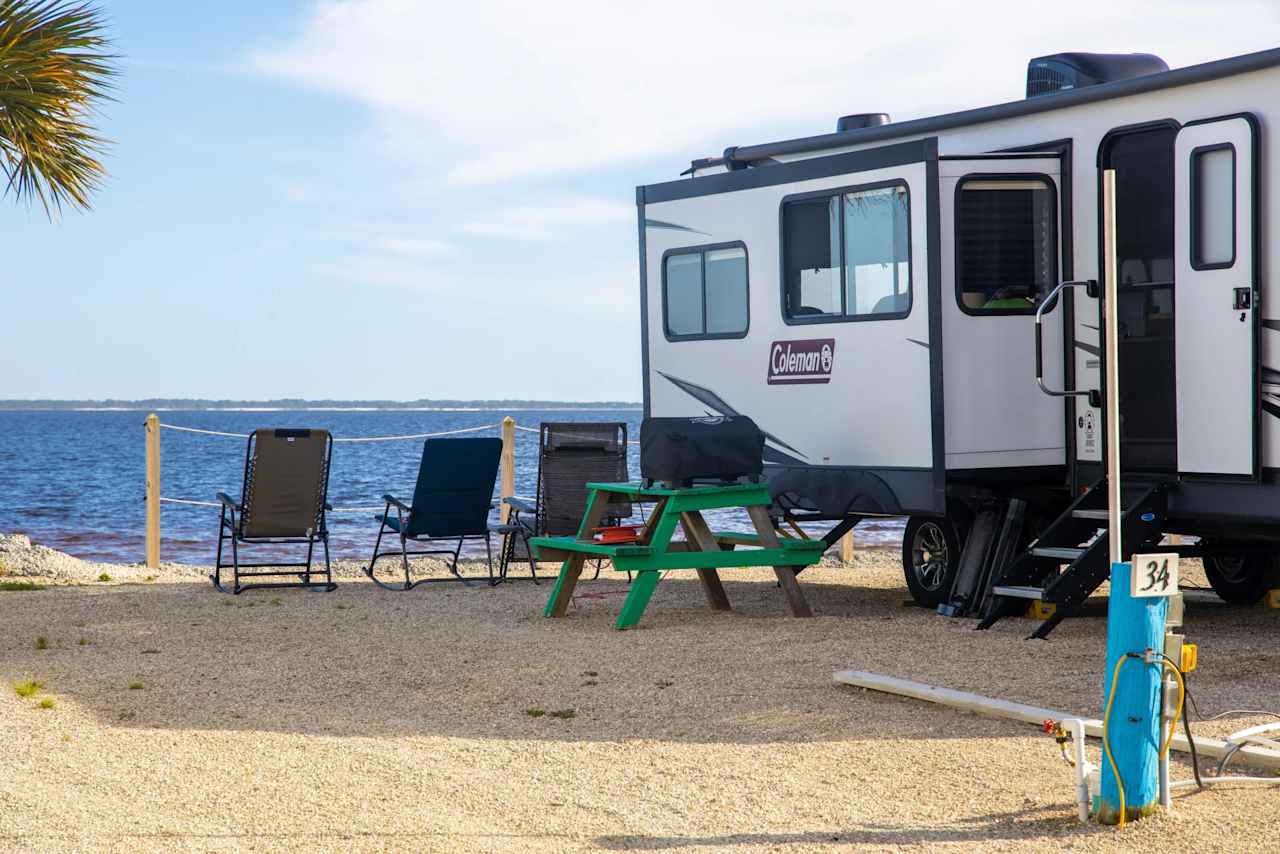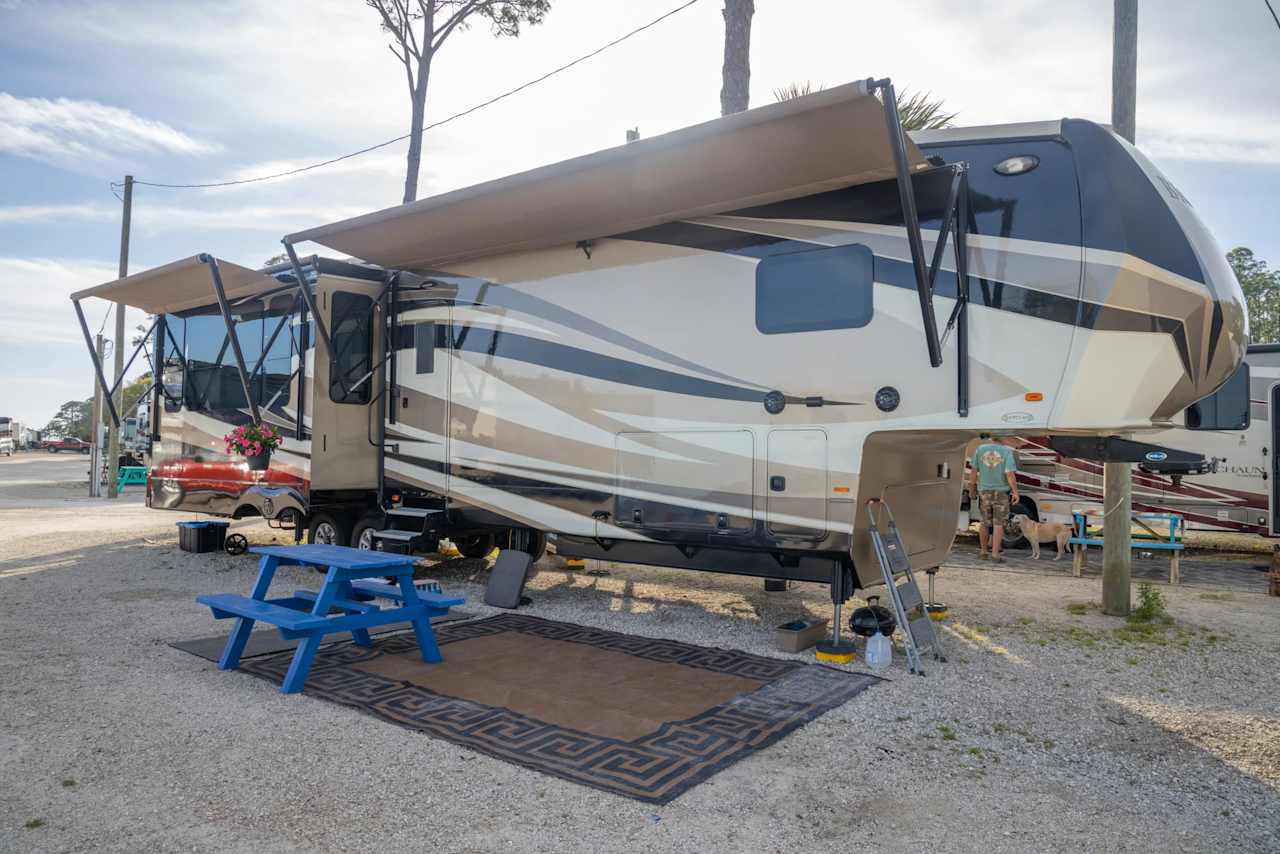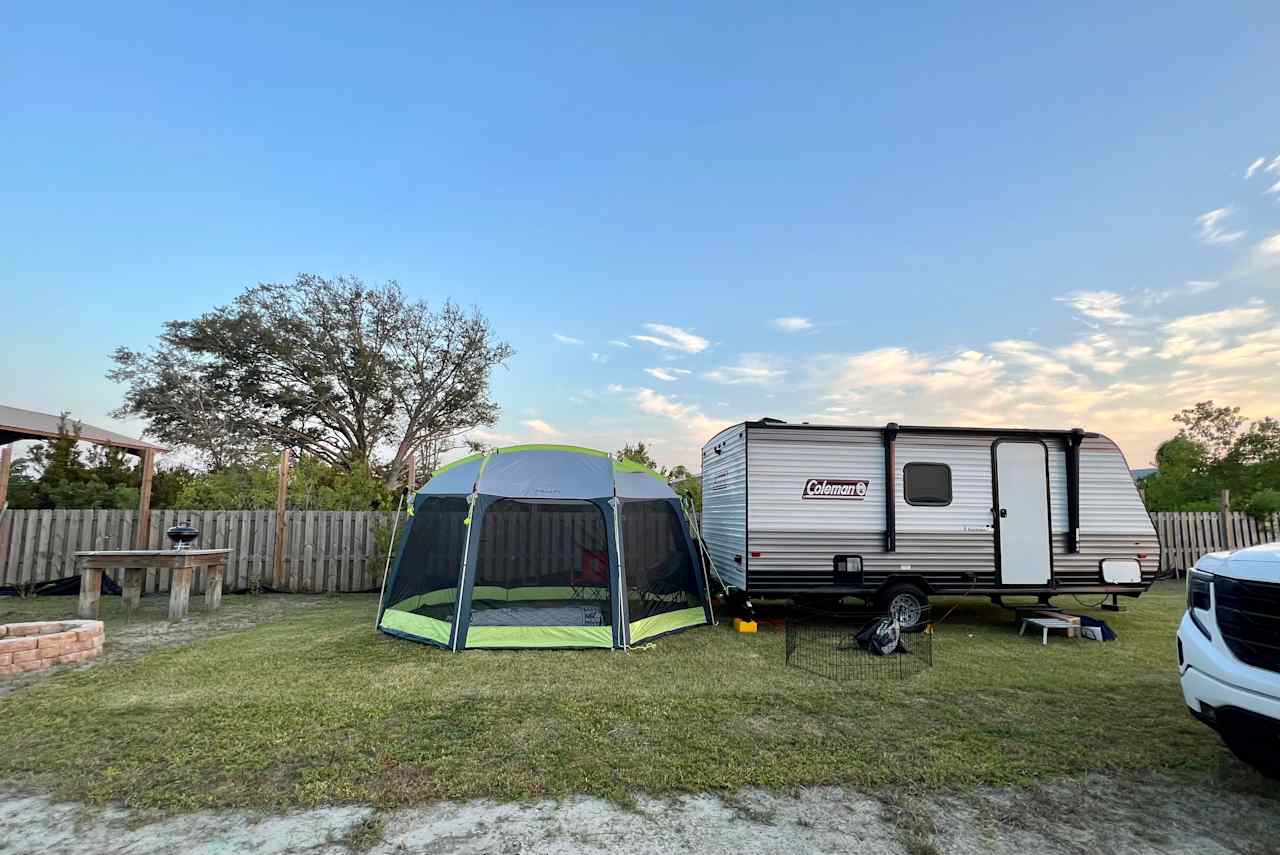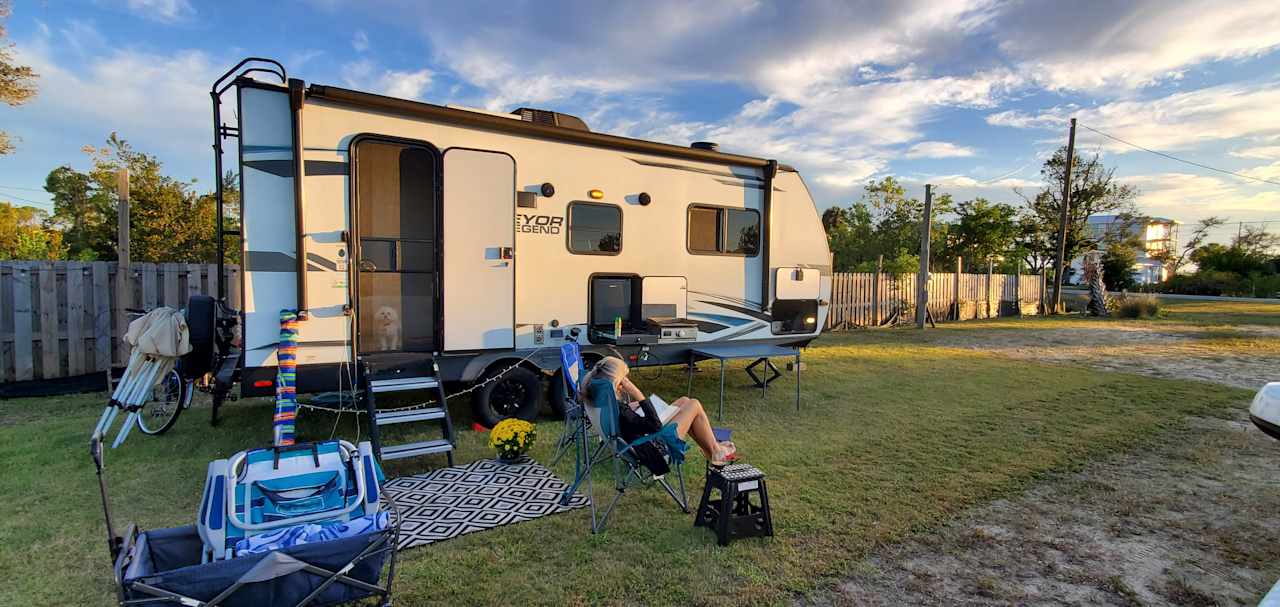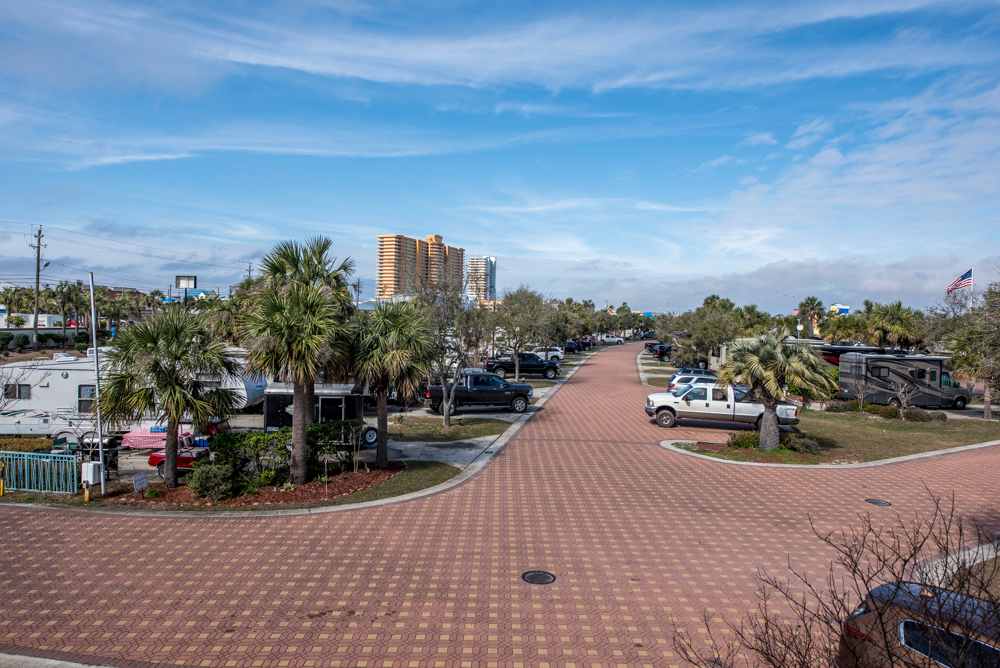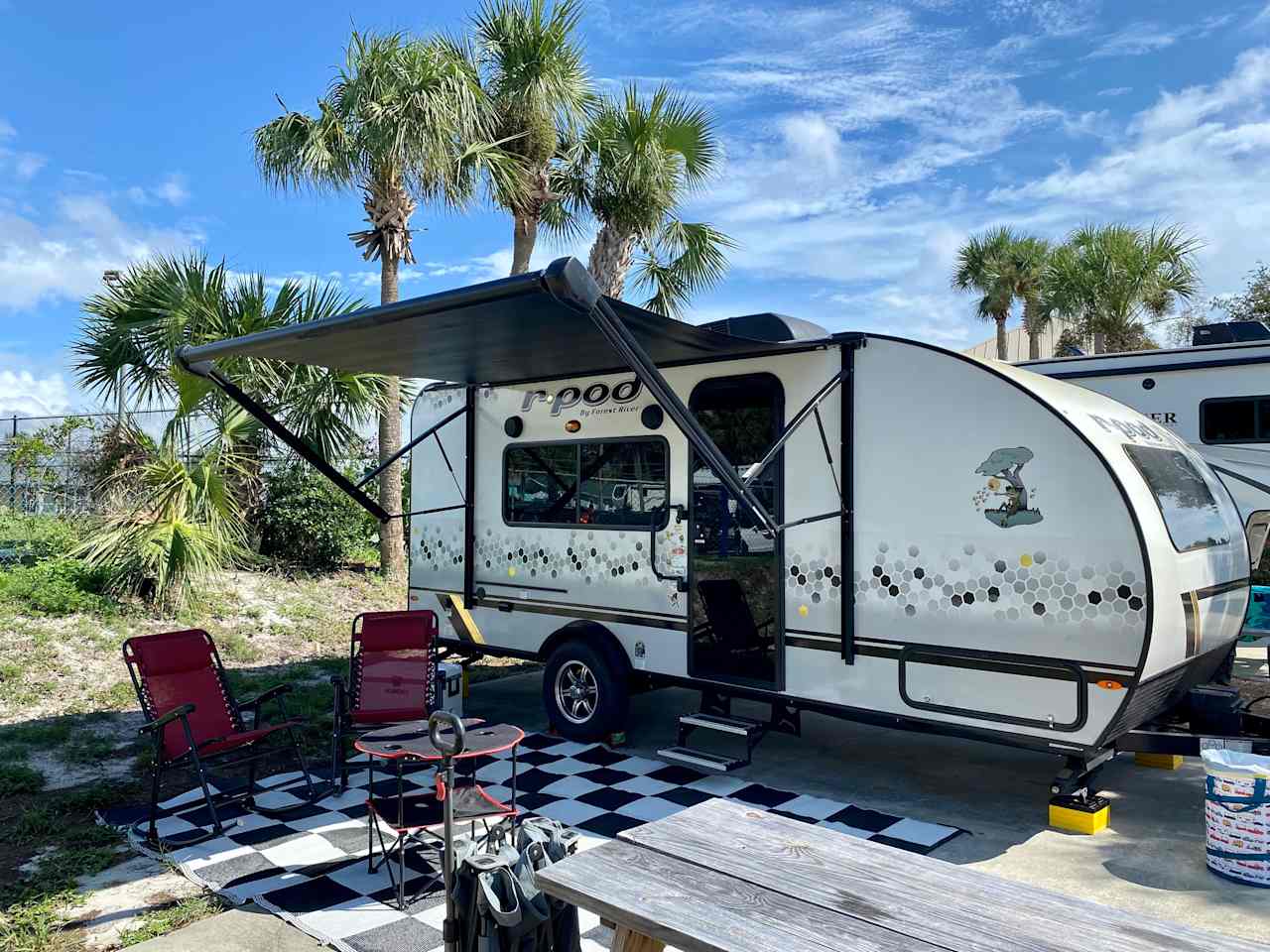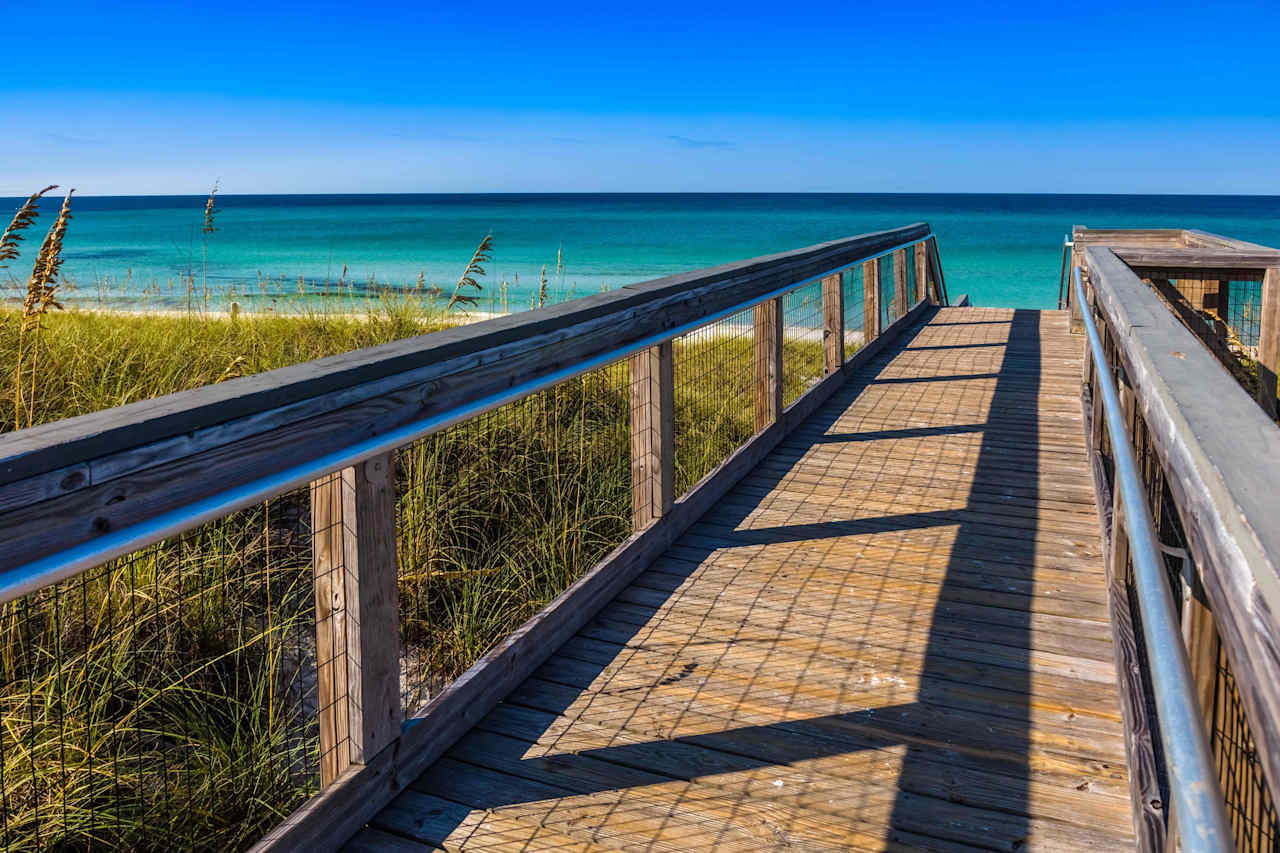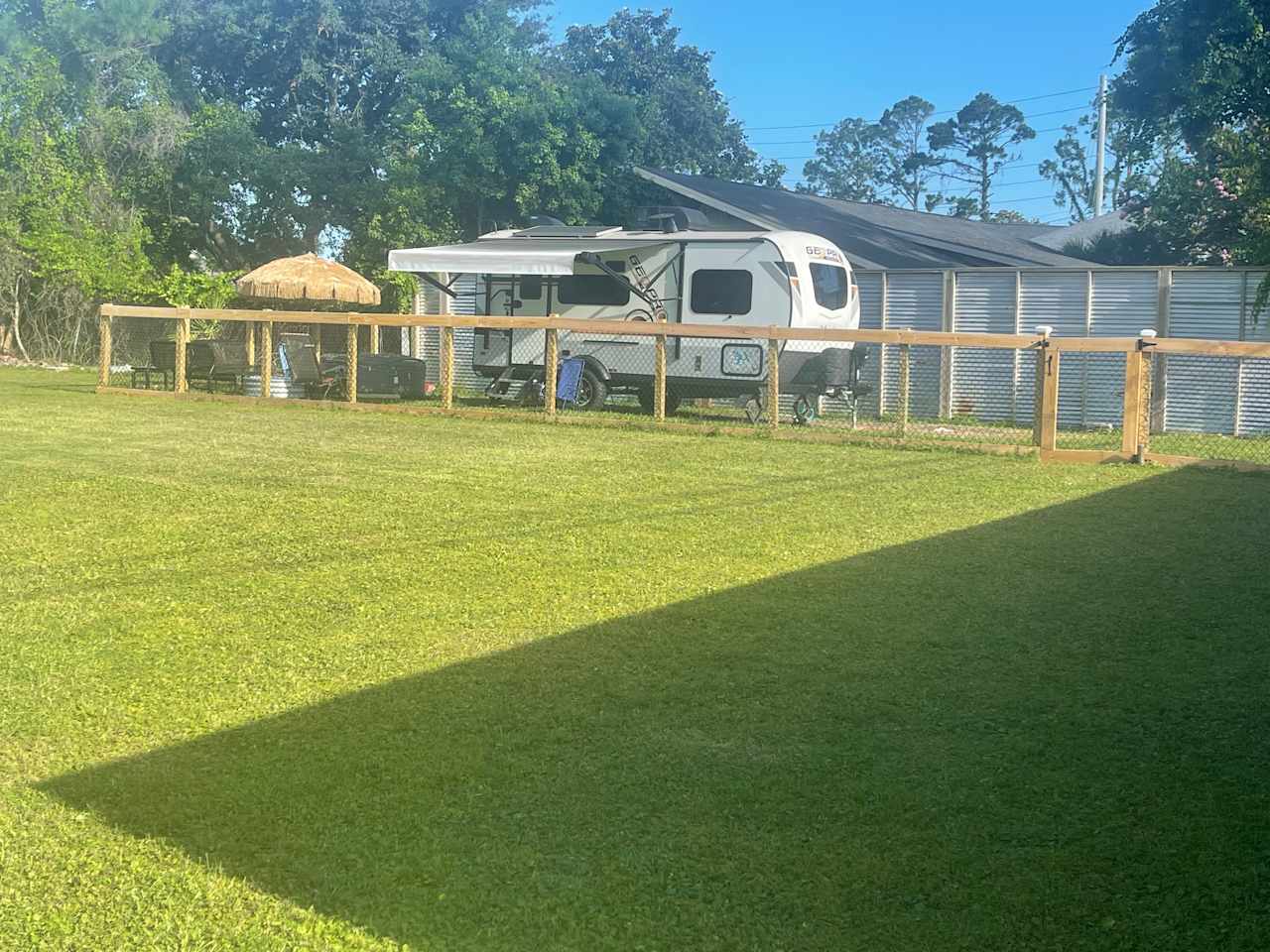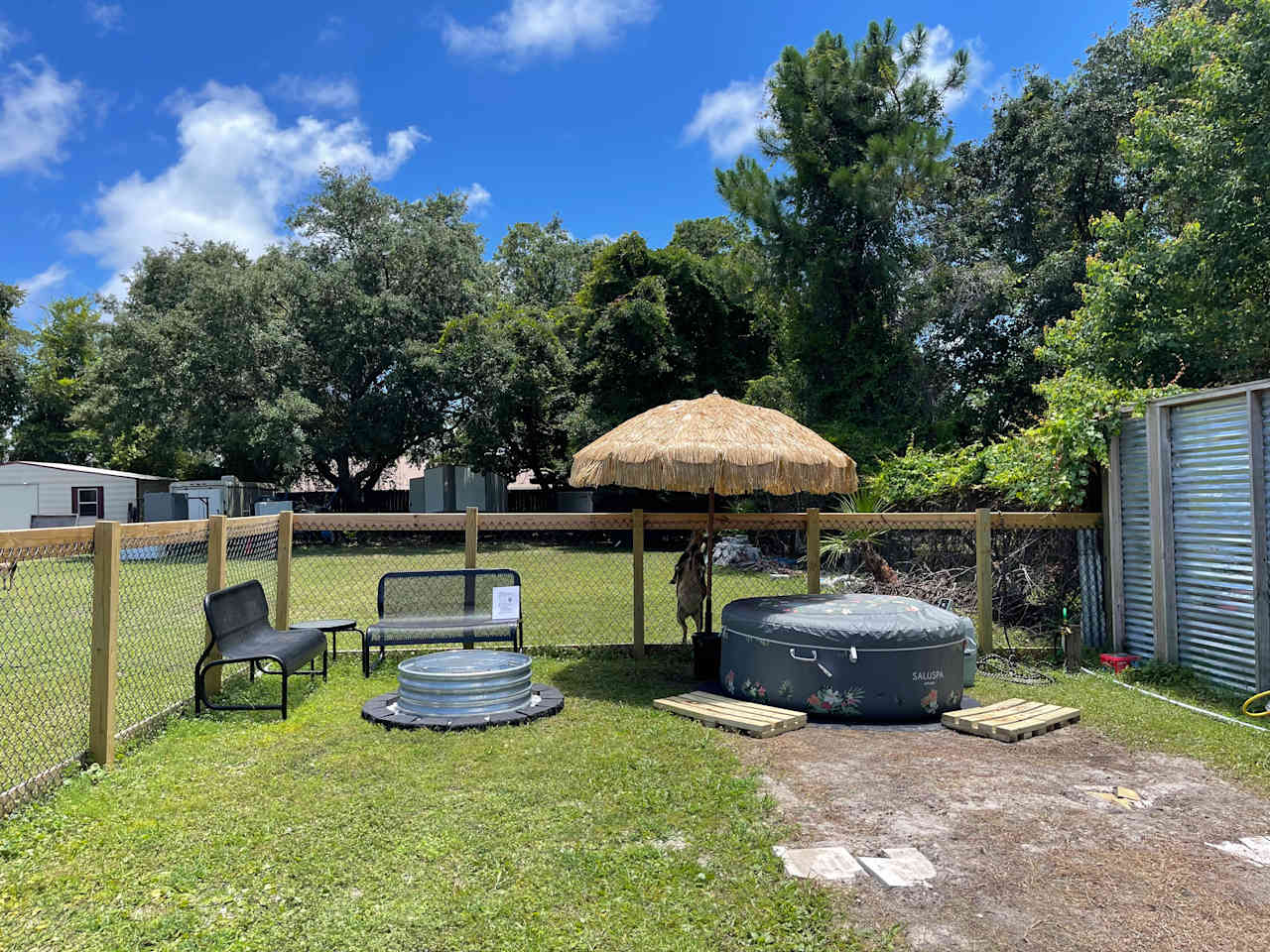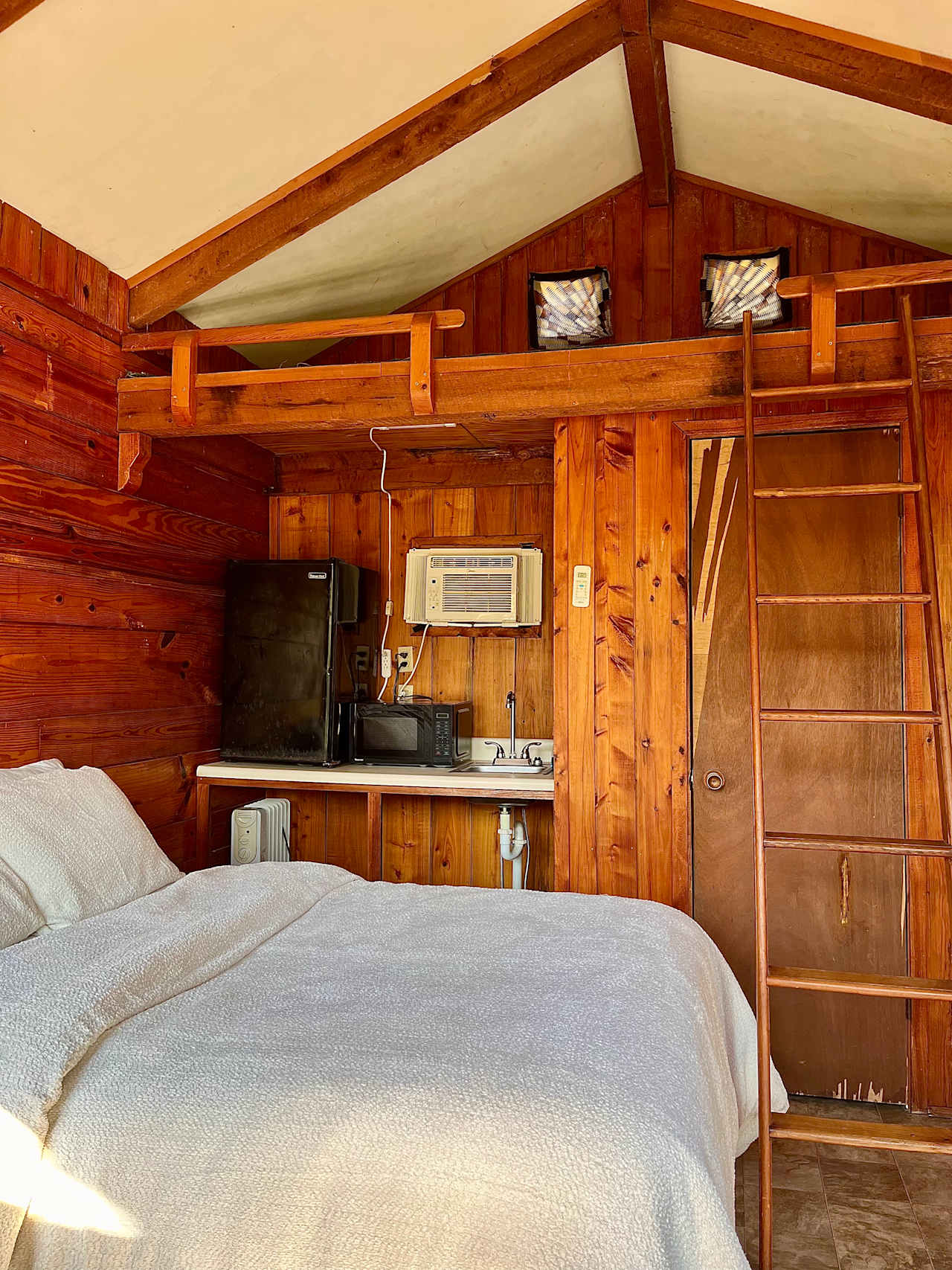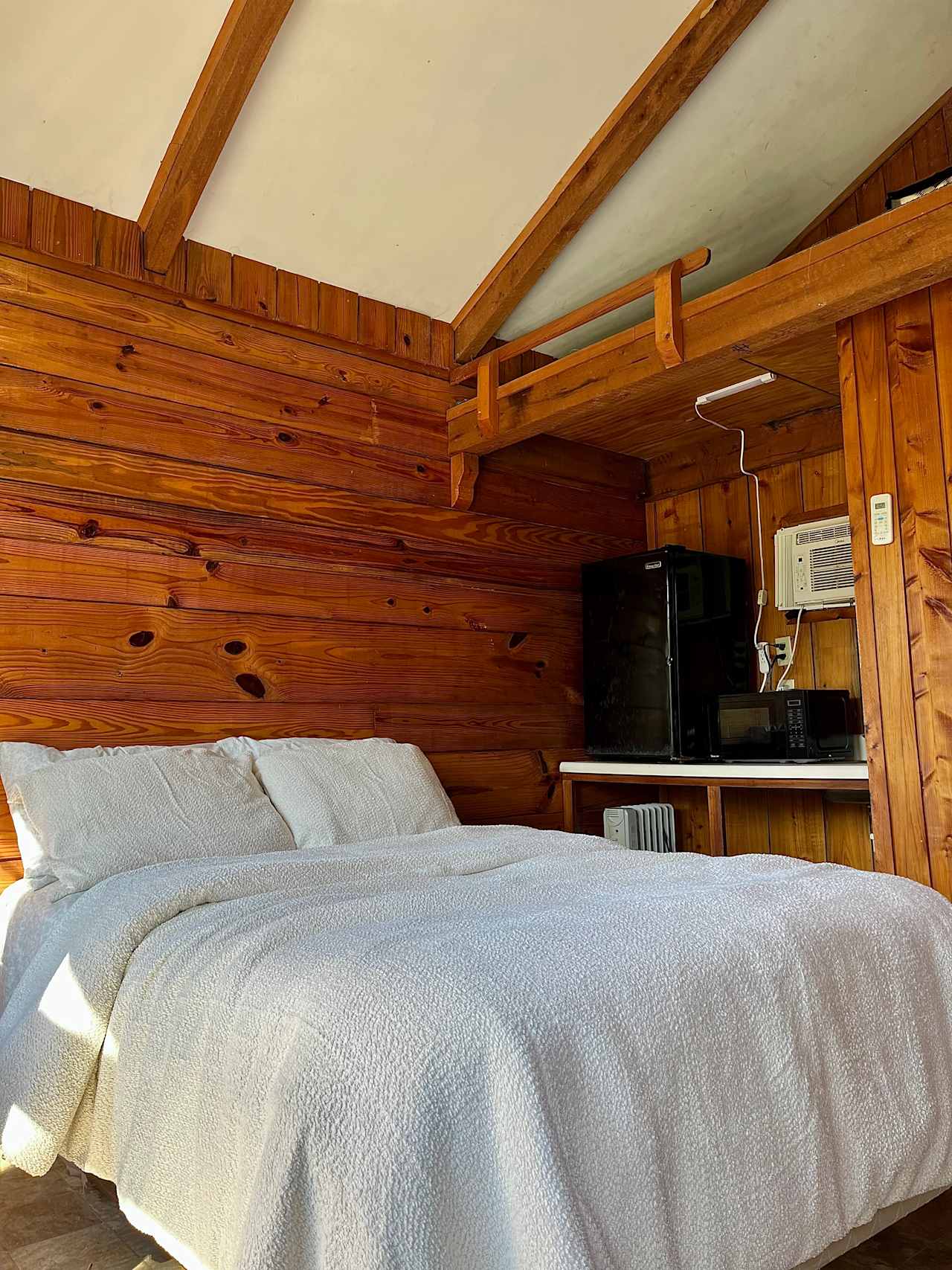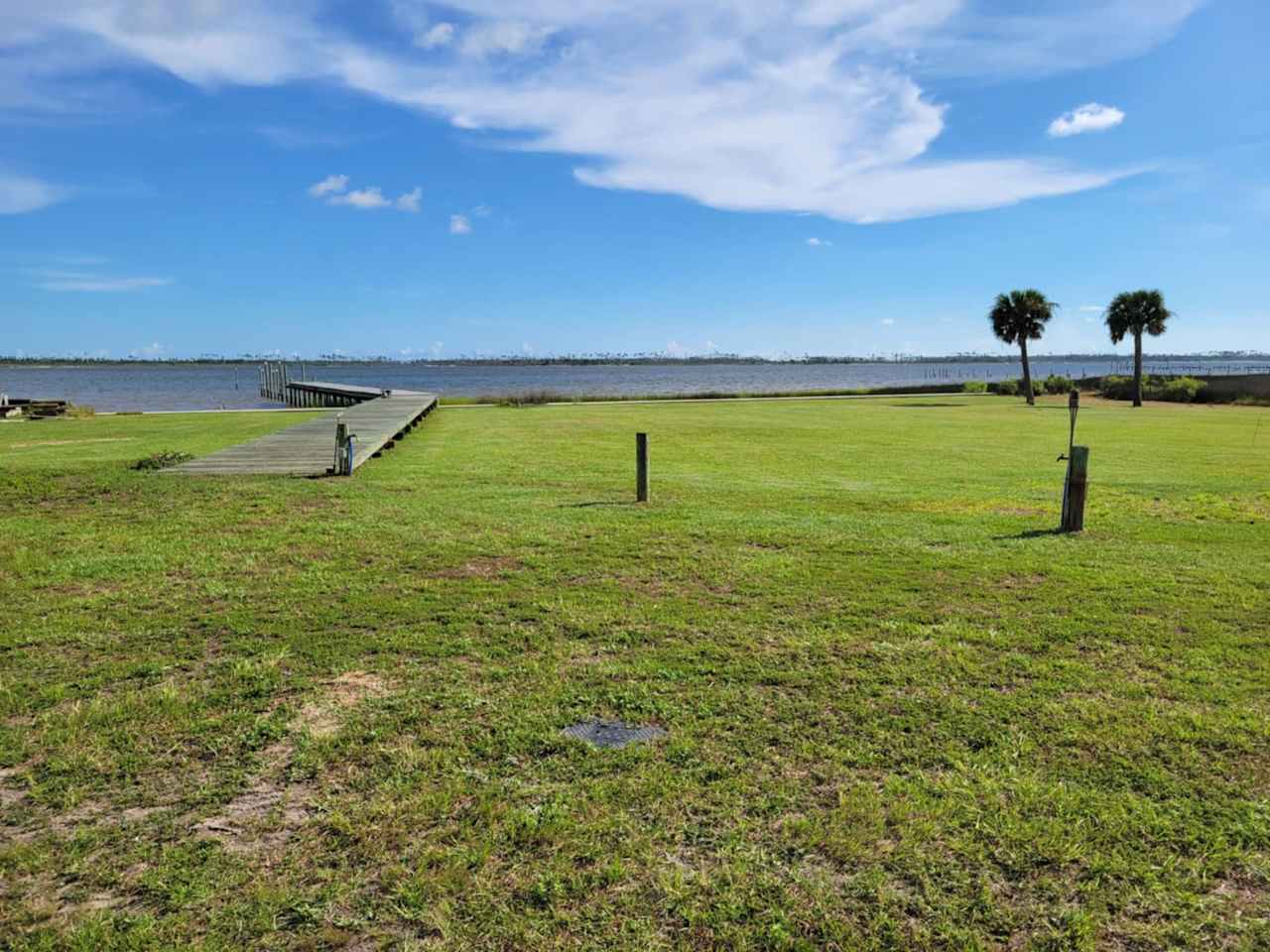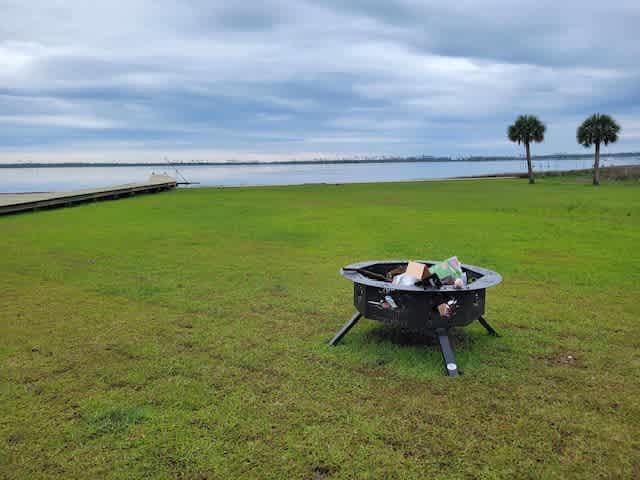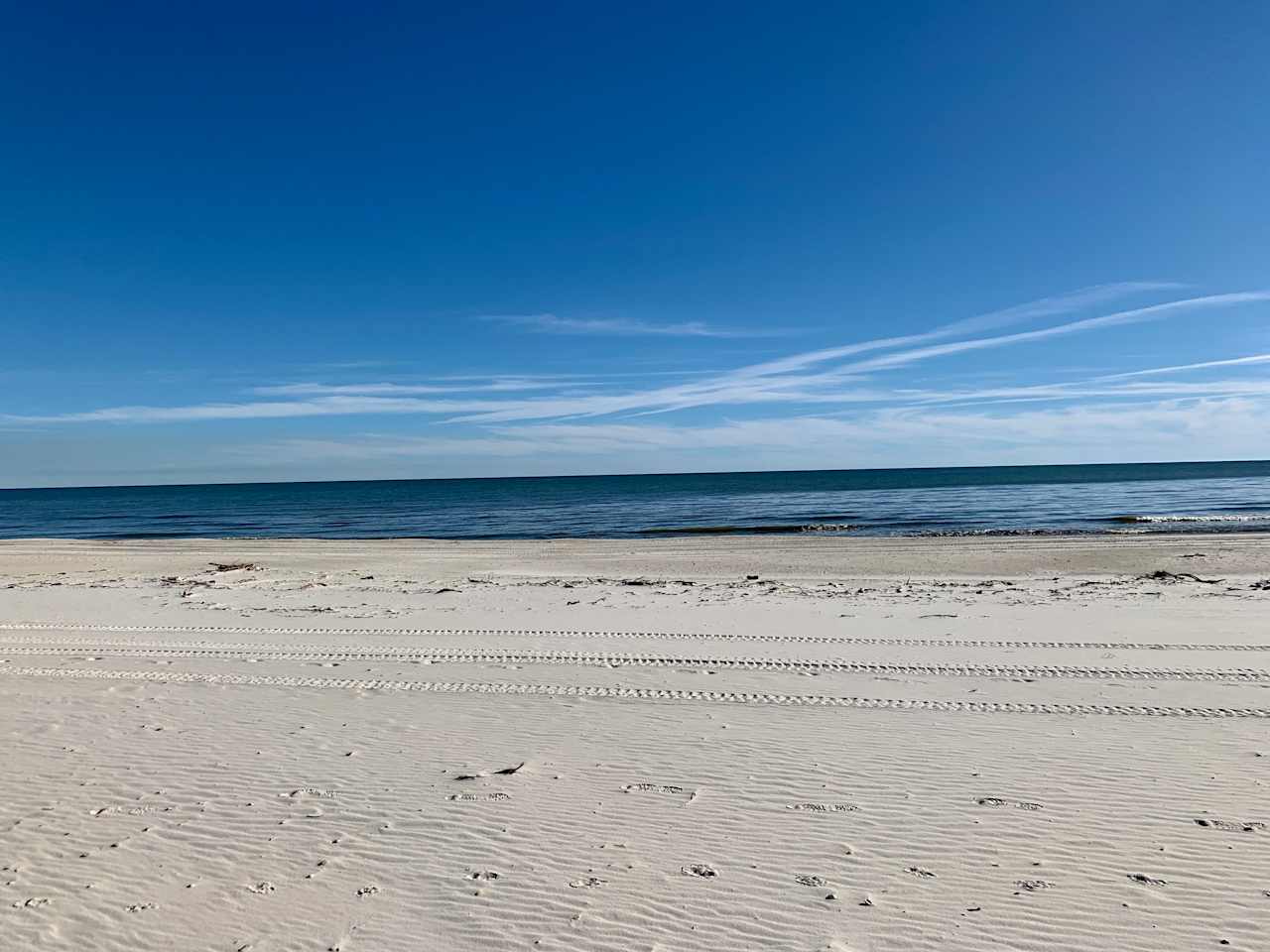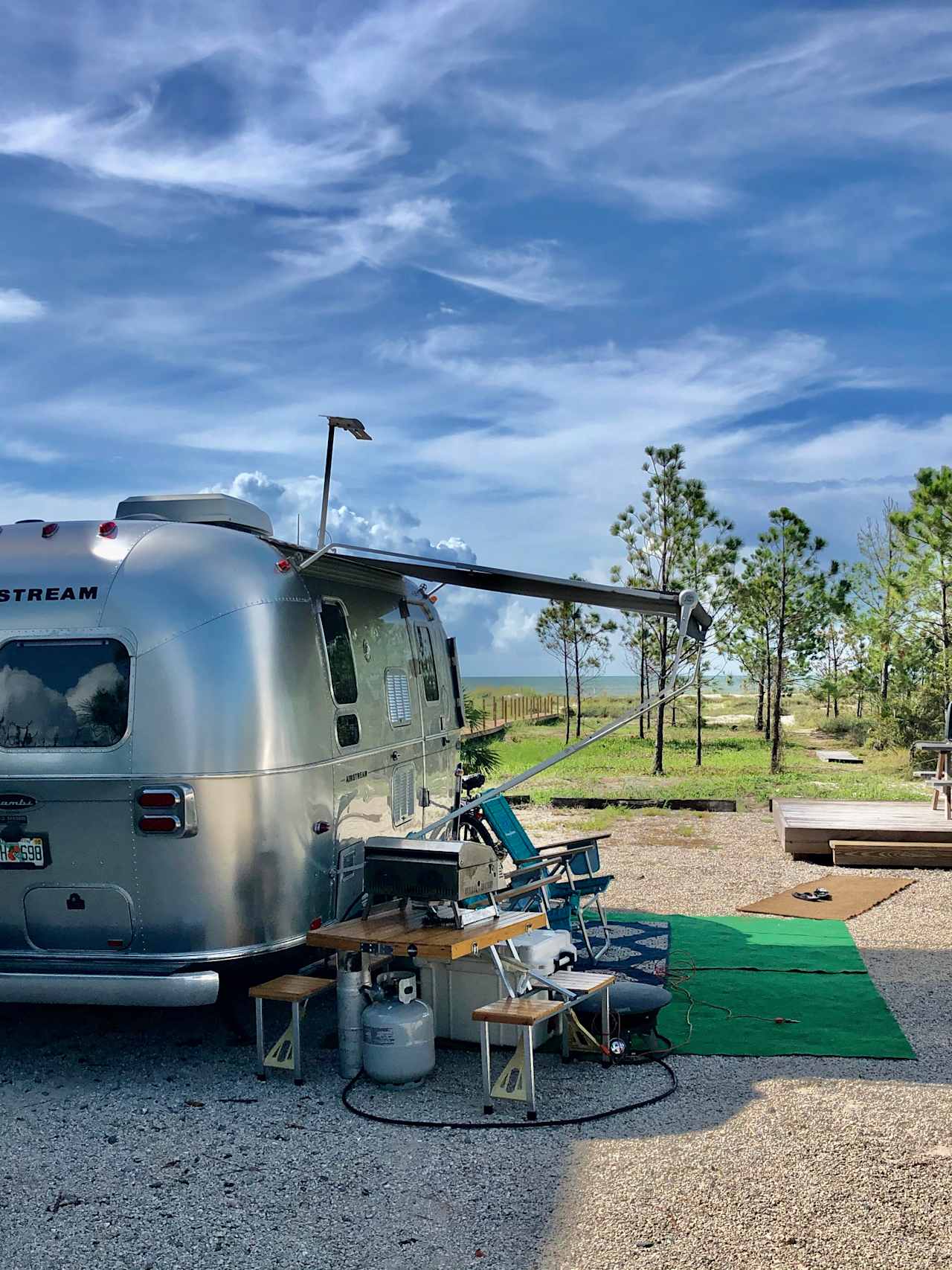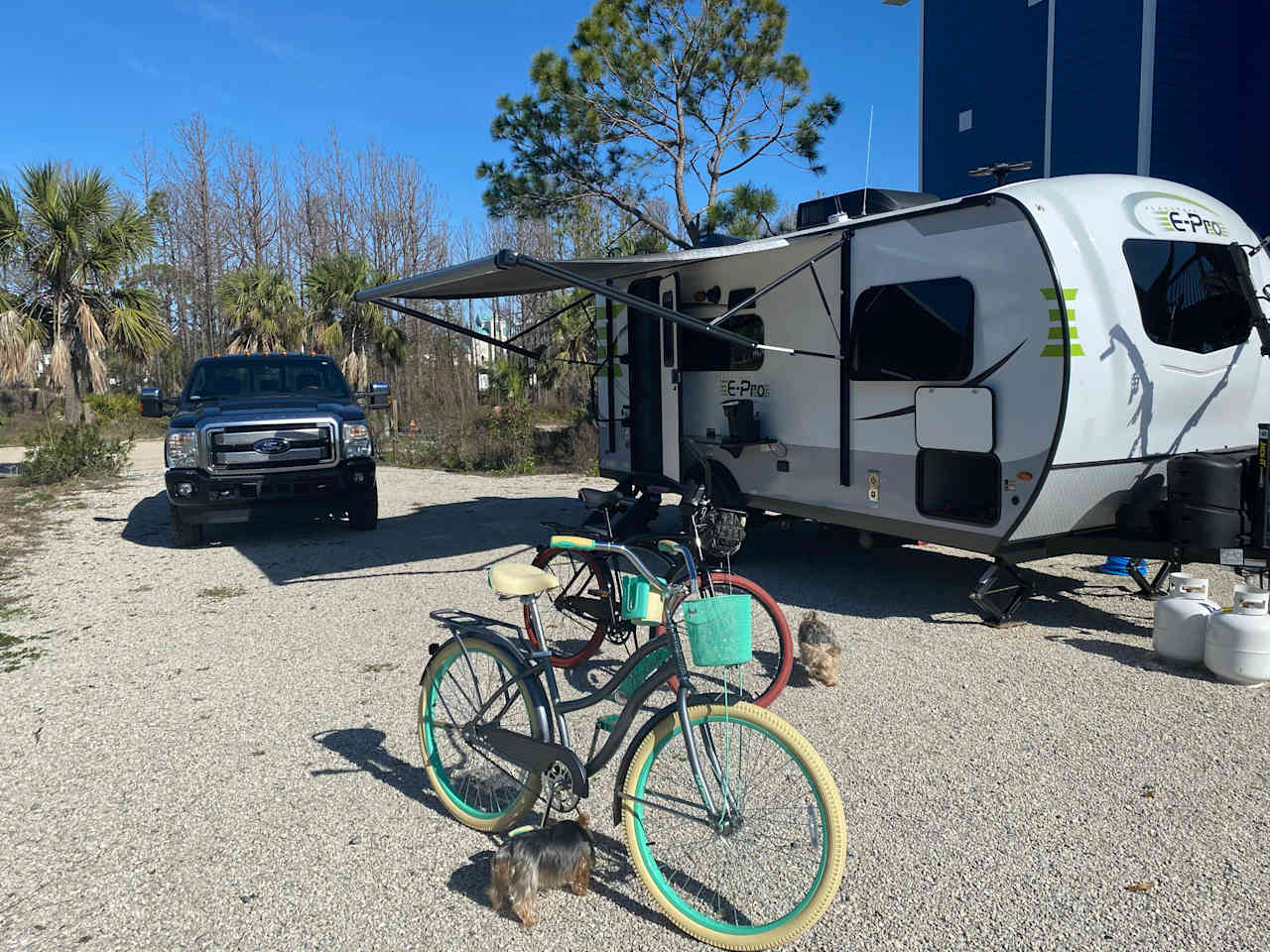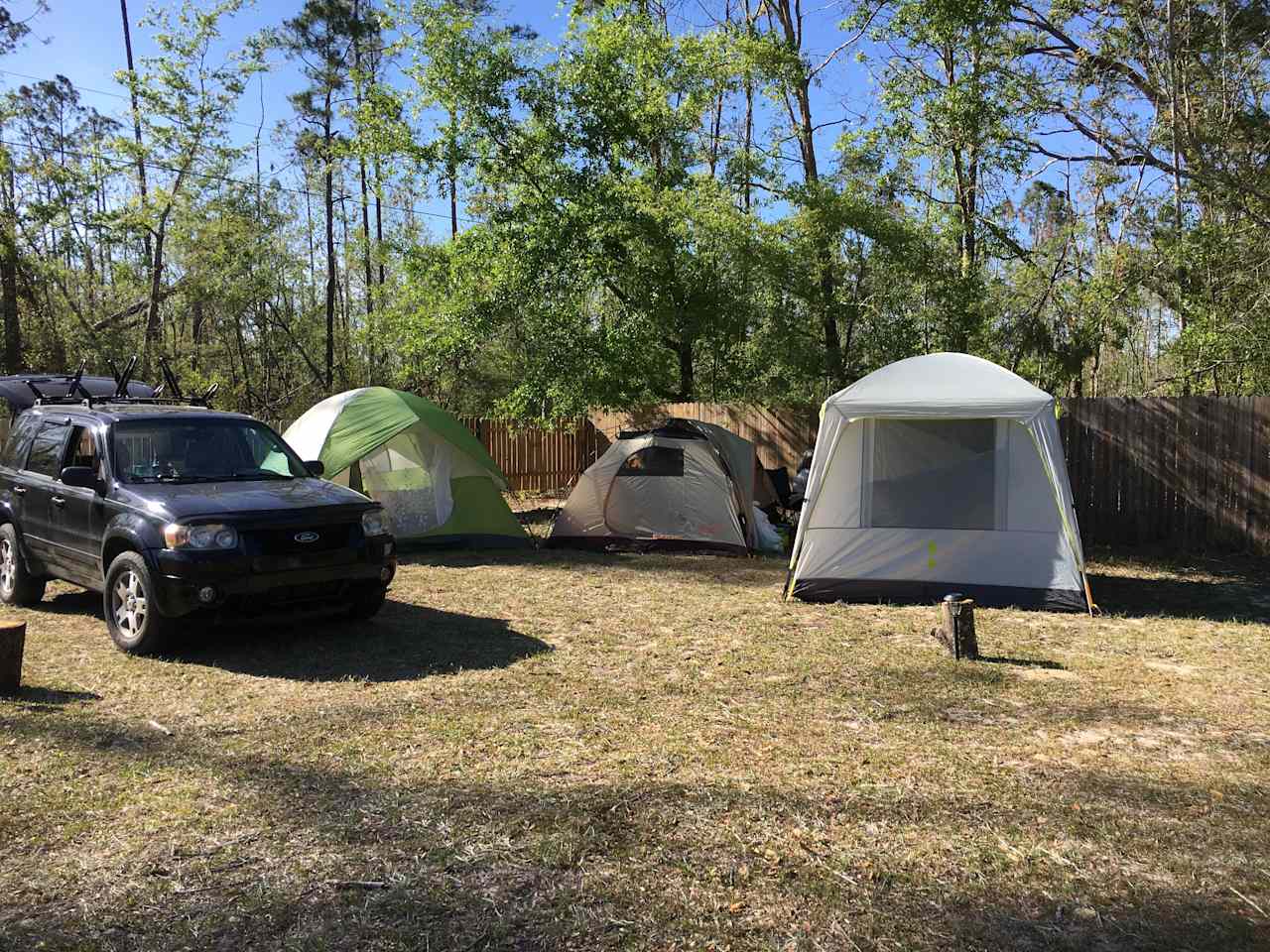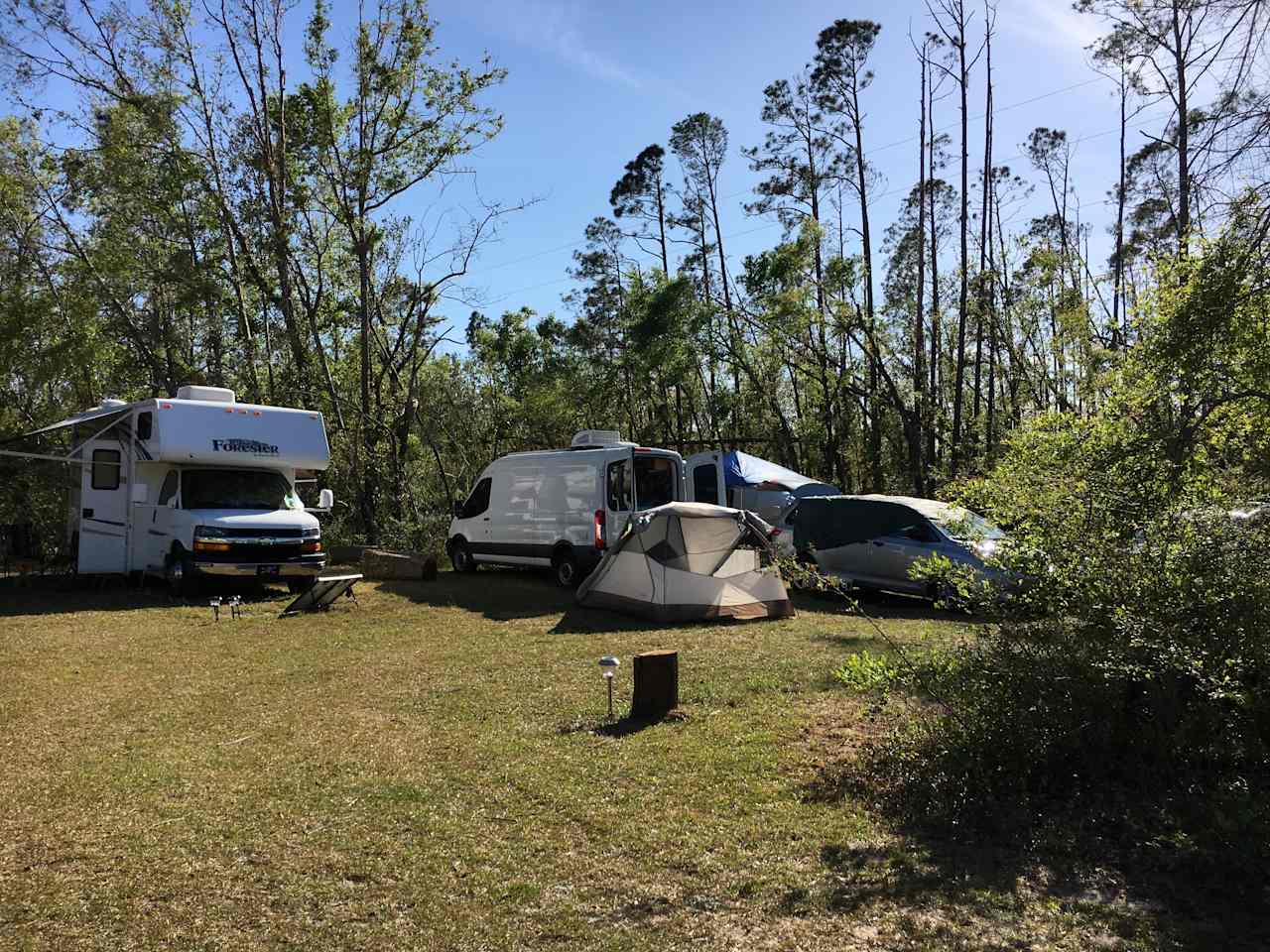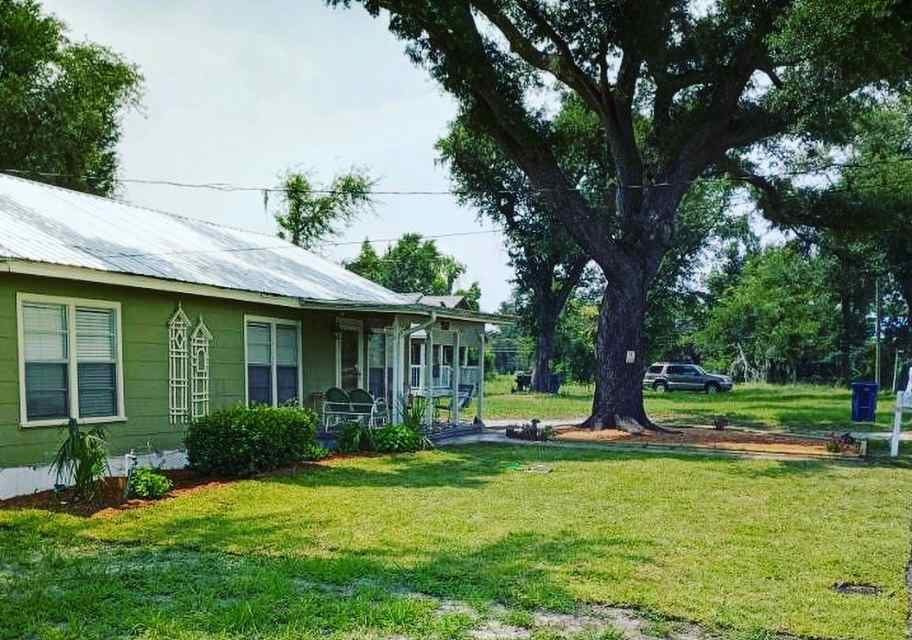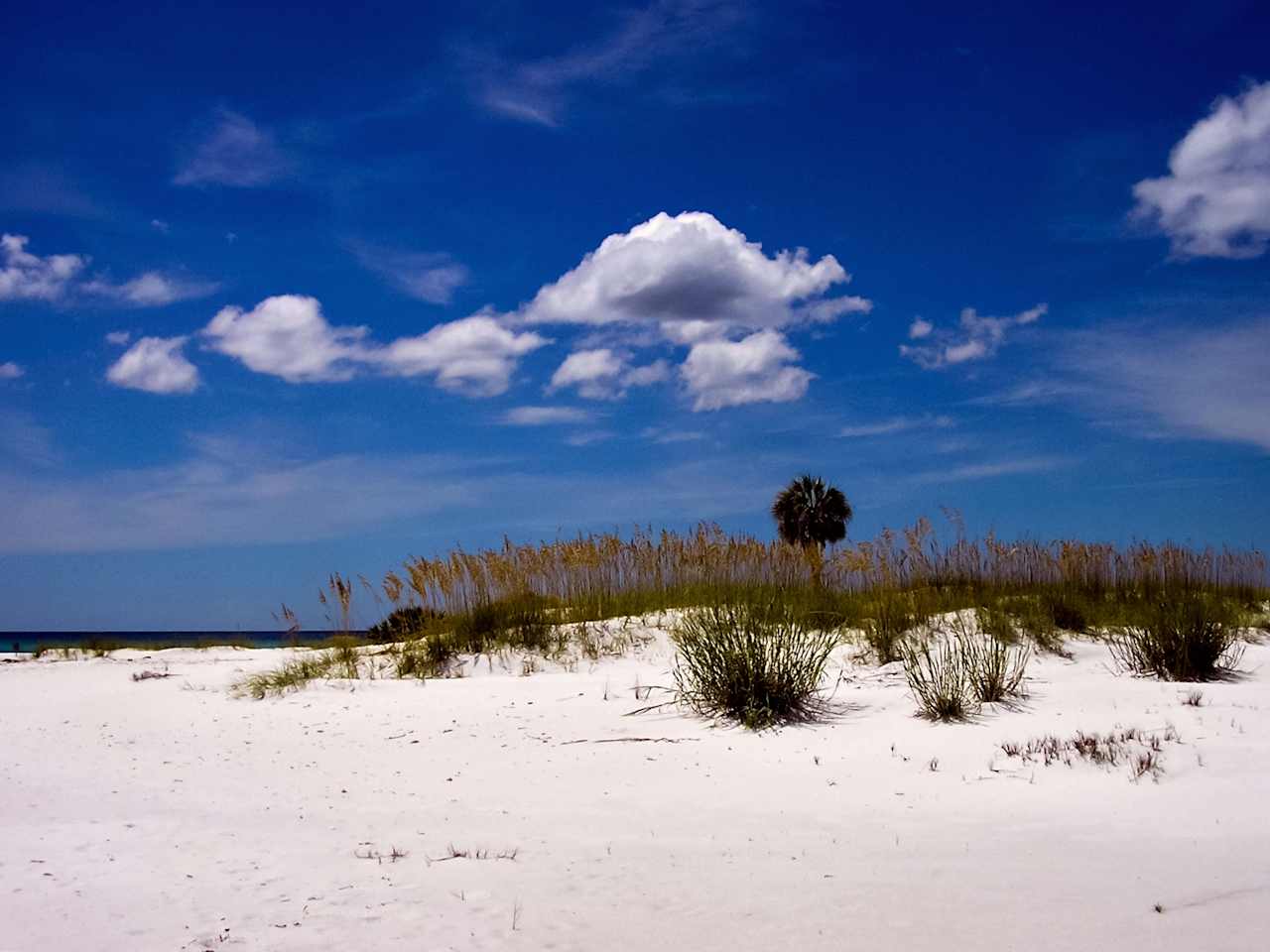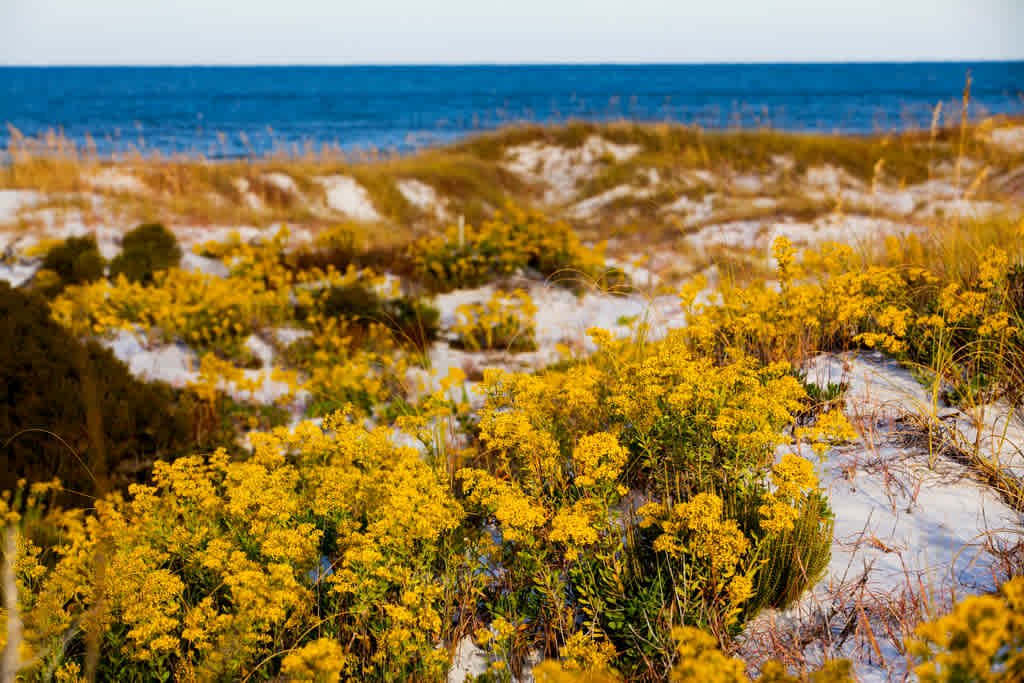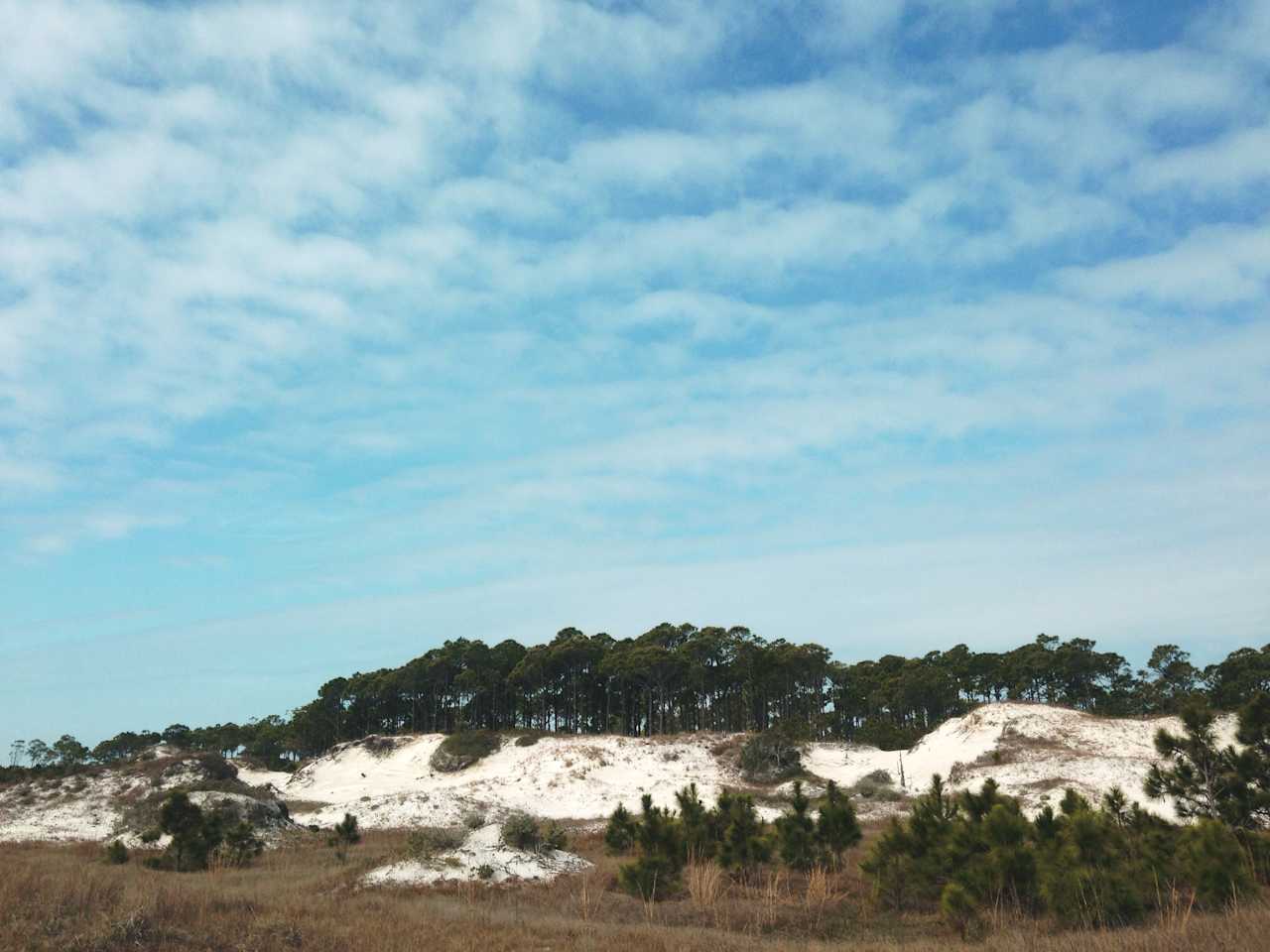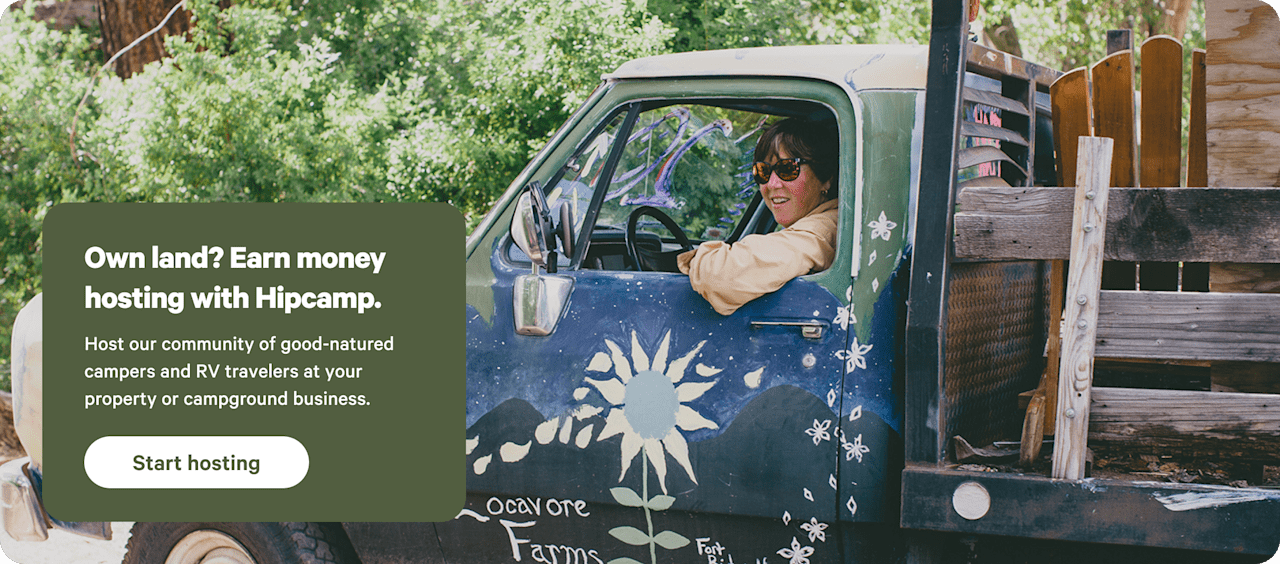RV camping near Mexico Beach
Park the RV and relax on impeccable white sandy beaches at Mexico Beach’s coastal paradise.
- Mexico Beach
Popular for RV camping
Star Hosts in Mexico Beach
Magnolias by the Bay RV Site & Dock
Bayside Camping
"Sweet Tupelo" on the "Big River"!
Sugar White Sand - St. Joe Beach
Sand Between Your Toes
Available this weekend
Ho Hum RV Park
"Sweet Tupelo" on the "Big River"!
The Gulf Stream Beach Camp
Bayside Camping
Magnolias by the Bay RV Site & Dock
12 top RV sites near Mexico Beach
"Sweet Tupelo" on the "Big River"!
Bayside Camping
Panama City Beach RV Resort
Ho Hum RV Park
Magnolias by the Bay RV Site & Dock
Sand Between Your Toes
Country Camping At The Beach
Scott's Ferry
Sugar White Sand - St. Joe Beach
Waterfront Full Hookup Campsite
Incommunicado Gulf Front
Maggie's Musical Farm
Under $50
Maggie's Musical Farm
Scott's Ferry
Ho Hum RV Park
"Sweet Tupelo" on the "Big River"!
Blocks from Historic Downtown PC
Dog-friendly getaways
The Gulf Stream Beach Camp
Bayside Camping
"Sweet Tupelo" on the "Big River"!
Panama City Beach RV Resort
Magnolias by the Bay RV Site & Dock
Nearby parks
Explore the area’s public lands.
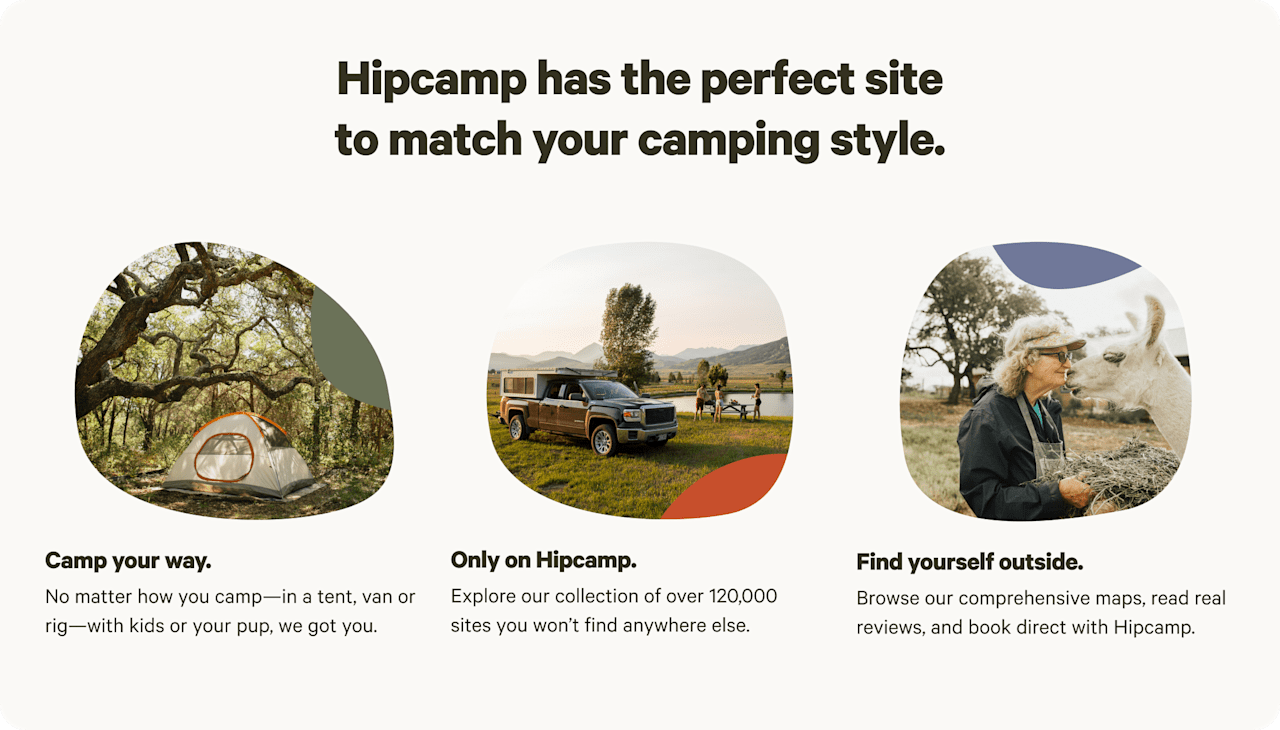

RV camping near Mexico Beach guide
Overview
Mexico Beach’s namesake beach offers miles of well-maintained pristine white sand, perfect for beachcombing and sunbathing year-round. The shallow turquoise waters offer family-friendly swimming, and nearby Cape San Blas and St. Joseph Peninsula continue with more white sandy beaches. Private RV campsites can be found throughout the Mexico Beach area, many providing full hookups for water and electricity, including up to 50-amp hookups for power. Picnic tables, hot showers, dump stations, barbecue grills, and restrooms with flush toilets are among the common amenities at Mexico Beach RV parks. Back-in and pull-through campsites can accommodate travel trailers and big rigs of varying lengths. From the beach on the Gulf Coast, drive inland to Apalachicola National Forest to explore diverse ecosystems across over 550,000 acres. Species native to the area include alligators, armadillos, fox squirrels, herons, Florida black bears, and flatwoods salamanders. Fishing and horseback riding are popular activities here, as well.
